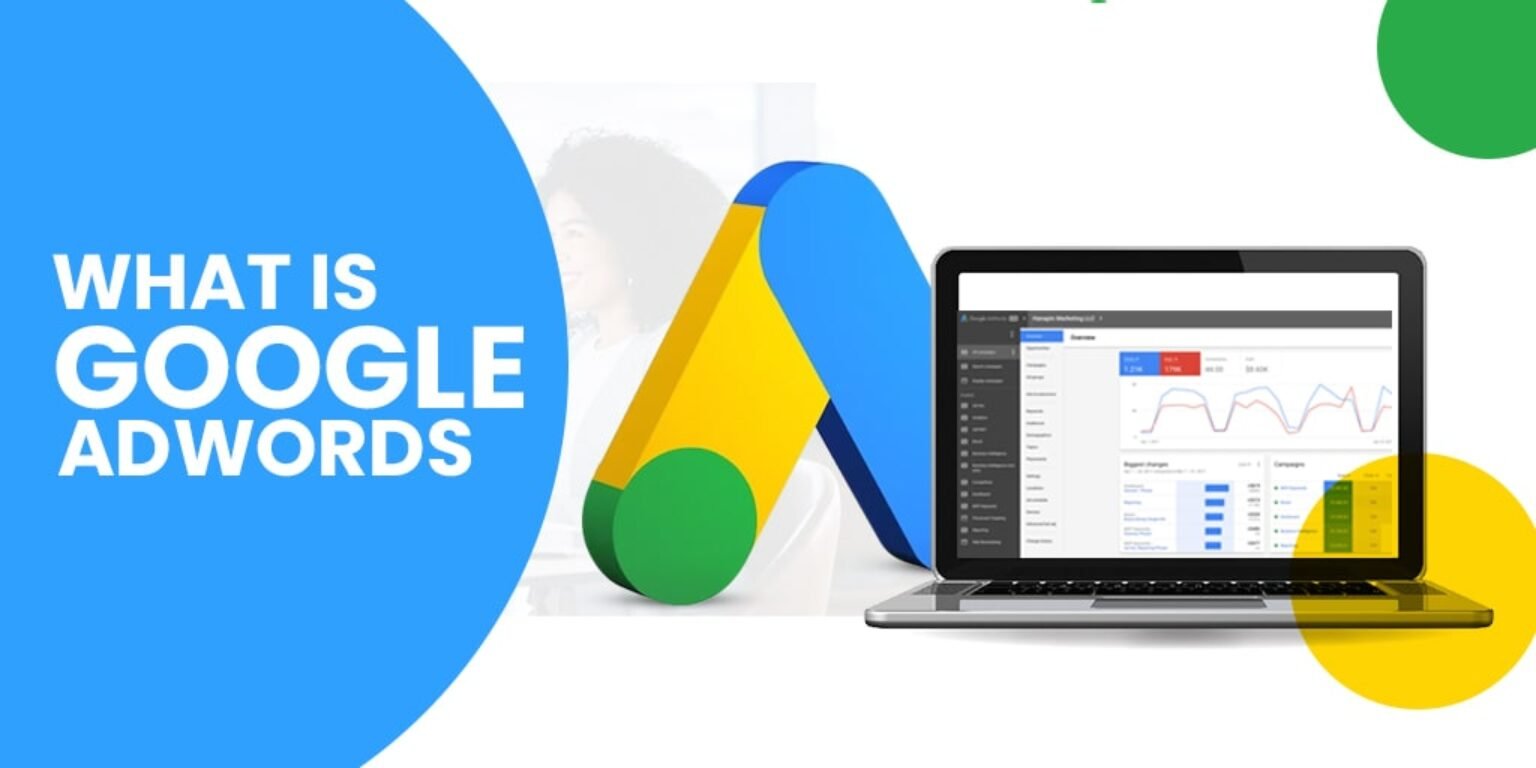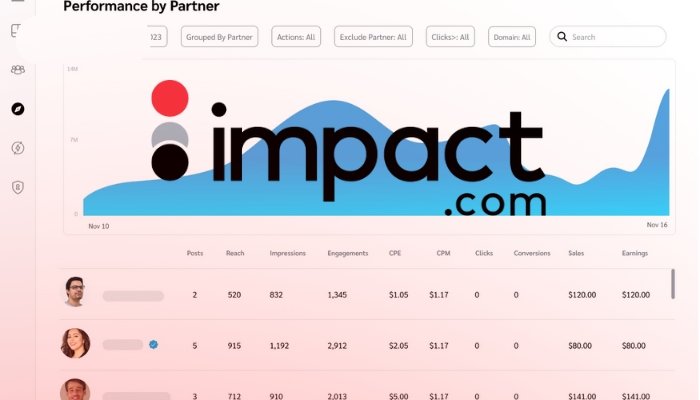Mastering Google Ads: Your Key to Successful Online Marketing

In today’s rapidly evolving digital marketing landscape, Google Ads (formerly Google AdWords) has become a powerful tool for businesses aiming to reach their target audience, drive website traffic, and increase sales. This comprehensive guide explores the fundamentals of Google Ads—what it is, how it works, and why it’s a crucial component of any online advertising strategy.
Introduction to Google Ads
Google Ads is an online advertising platform developed by Google that allows businesses to create and display paid advertisements on Google’s search engine results pages (SERPs) and across the Google Display Network (GDN). Operating on a pay-per-click (PPC) model, advertisers only pay when users click on their ads, making it a cost-efficient and performance-driven advertising solution.
How Google Ads Works
1. Keyword Targeting
Advertisers select relevant keywords or phrases associated with their products or services. When users search for those terms, the corresponding ads may appear.
2. Ad Creation and Placement
Advertisers design text or display ads with headlines, descriptions, and links. These ads are then submitted into Google’s auction system.
3. Auction Process
Each time a user performs a search, Google runs an auction to determine which ads to show. Factors like bid amount, ad quality, and the use of ad extensions are taken into account.
4. Ad Ranking
Google assigns a Quality Score to each ad based on its relevance, expected click-through rate (CTR), and landing page experience. The ad’s position is determined by its Ad Rank, which is a combination of bid amount and Quality Score.
5. Display and Costs
Ads with the highest Ad Rank appear in the most visible positions. Advertisers are charged only when someone clicks their ad (PPC), ensuring efficient spending.
Key Components of a Google Ads Campaign
-
Keywords: These are the foundation of every campaign. Keywords trigger your ads when users perform related searches.
-
Ad Groups: Organizing ads into ad groups by theme or keyword set ensures that ads are closely aligned with user intent.
-
Ad Copy: The text in your ad—headlines, descriptions, and display URL—plays a key role in attracting clicks. Strong, clear copy with a call to action is essential.
-
Landing Page: After clicking an ad, users are taken to a landing page. A well-optimized landing page improves the user experience and boosts conversion rates.
-
Bidding: Advertisers set a maximum bid, which is the highest amount they’re willing to pay per click.
-
Quality Score: This Google-assigned score influences ad position and cost. A high Quality Score means better placement and lower costs.
Why Google Ads Matters
-
Highly Targeted: Reach users who are actively searching for your offerings. You can target based on keywords, location, device, language, and more.
-
Cost-Effective: With PPC, you pay only when someone clicks your ad. You control your daily and monthly budget.
-
Measurable Results: Google Ads offers robust analytics and reporting tools so you can track clicks, impressions, conversions, and ROI.
-
Immediate Traffic: Unlike SEO, which takes time, Google Ads can deliver traffic and results almost instantly.
-
Flexible & Customizable: Ads and campaigns can be updated or optimized in real-time to respond to changes in performance or market conditions.
-
Geo-Targeting: Show ads to users in specific cities, regions, or countries—perfect for local businesses.
-
Remarketing: Re-engage visitors who have previously interacted with your website, increasing the chance of conversion.
-
Ad Extensions: Enhance your ads with extensions such as site links, callouts, and location info to improve visibility and provide more value to users.
Tips for a Successful Google Ads Campaign
-
Conduct Keyword Research: Identify high-performing and relevant keywords that match your audience’s search behavior.
-
Write Compelling Ad Copy: Ensure your messaging is clear, relevant, and includes a strong call to action.
-
Monitor Performance Regularly: Track your campaigns closely and make data-driven adjustments.
-
A/B Test Ads and Landing Pages: Experiment with different versions to find what resonates best with your audience.
-
Manage Your Budget: Set realistic budgets and optimize bids to maintain profitability.
-
Use Negative Keywords: Prevent your ads from appearing for irrelevant searches by excluding unrelated keywords.
Conclusion
Google Ads is a dynamic and impactful platform that gives businesses—large or small—the ability to connect directly with potential customers. By understanding how the system works and applying best practices, advertisers can harness the power of Google Ads to drive traffic, generate leads, and achieve measurable business growth. In today’s competitive digital marketplace, it remains a cornerstone of effective online advertising.






















